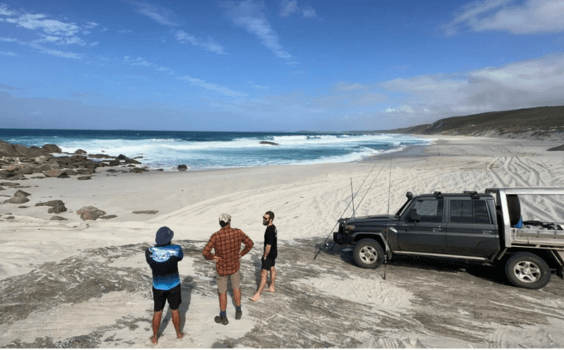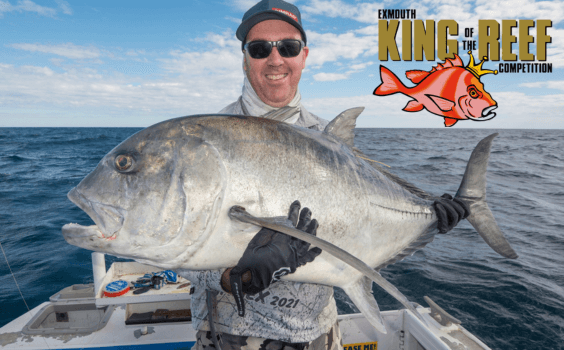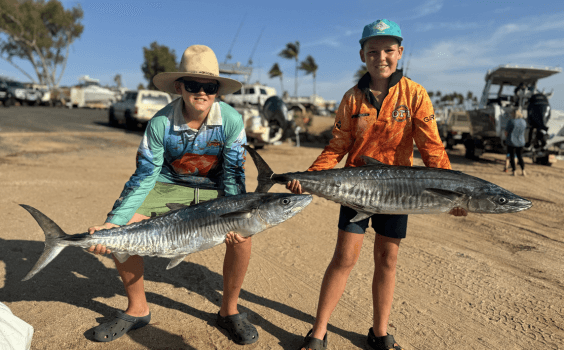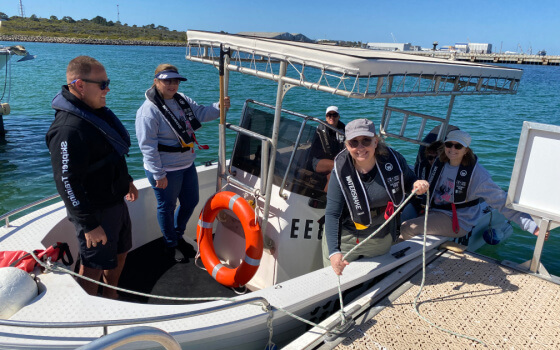Recfishwest is celebrating the official news that West Aussie salmon are bigger, more abundant and resistant to environmental changes than they have been in decades, following the latest release of DPIRD’s latest scientific stock assessment.
The stock assessment showed salmon are older, larger and around in much higher numbers now than they were 10 to 15 years ago because of a reduction in commercial fishing pressure.
This is fantastic news for the cast of thousands who flock to the southern and south west coast line every autumn to fish for the iconic southern species.
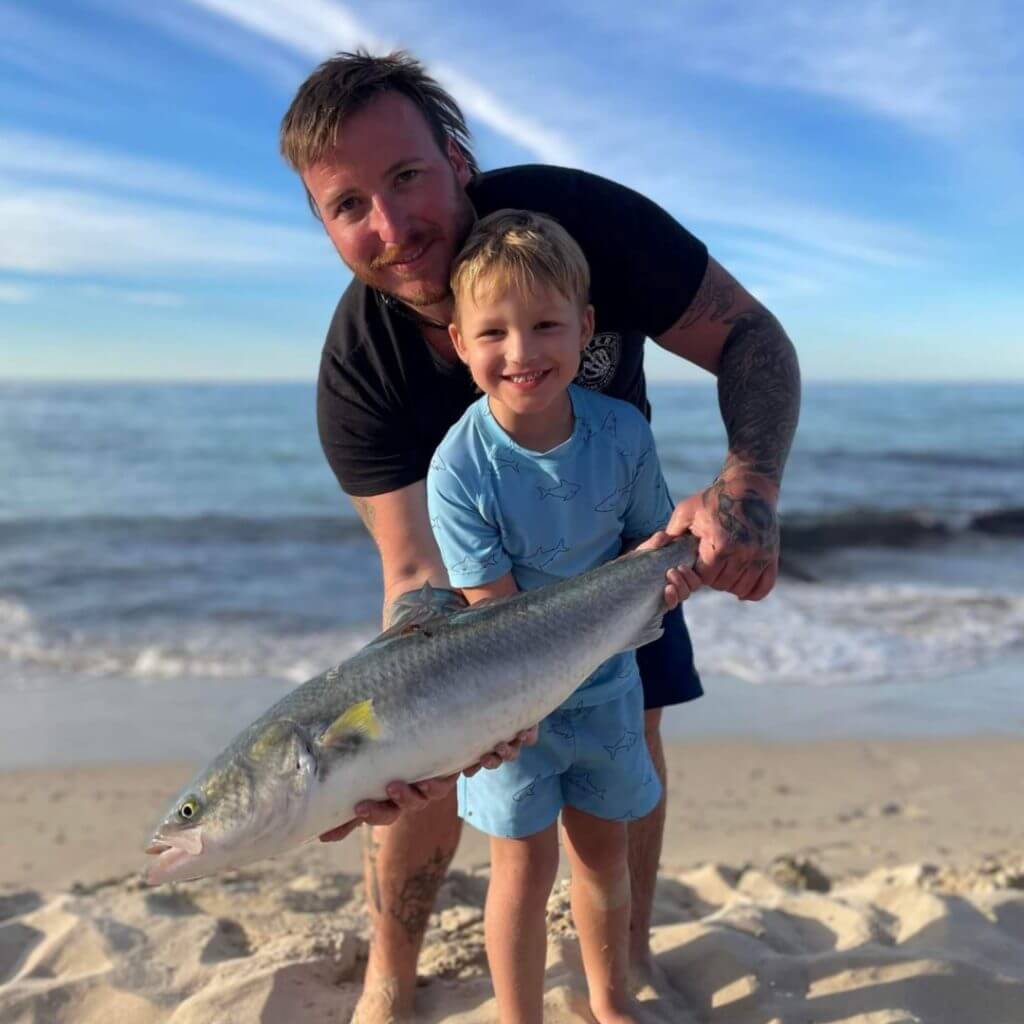
“The science confirms what we as anglers have been seeing in recent seasons with larger average fish coming through in catches and 90-plus cm fish to near ‘metreys’ being caught on a regular basis – unheard of just a few years ago,” said Recfishwest CEO Dr Andrew Rowland.
“This is a management success story. We have abundant stocks that are continuing to flourish, full of large adult fish, well prepared for a changing climate and a fishery that is enjoyed by a cast of thousands creating more than $330 million of economic activity annually throughout the southern coastal regions of WA.
“The West Aussie salmon supports a truly family-friendly sport fishery and the chance to roam our epic south-west and southern beaches in pursuit of them each autumn is one of the things that makes WA a great place to live.
“It is no wonder we celebrate this magnificent fish each year through our Awesome Autumn of Salmon. We will continue to do whatever we can to ensure the future of this great fishery.”
Older, bigger fish
The stock assessment reads:
“During the 1990’s when commercial catch was regularly above 2000 tonnes, age structure was dominated by four-year-old fish recruiting into the fishery. The maximum age of fish recorded in years during this period was nine years.”
“Since 2012, when commercial catches were less than 300 tonnes, the model ages ranged from four to six, and the relative abundances of older age classes increased, with a maximum age of 11 years recorded on multiple occasions. The recent changes in age structure are reflective of a stock experiencing reduced fishing mortality.”
Dr Rowland commented, “Put simply, older fish equals bigger fish and better fishing. This together with high abundance makes our WA salmon fishery the envy of anglers across Australia.”

Resilience in the face of change
Another big plus highlighted in the stock assessment is such a healthy population of salmon results in a stock that is more resilient to environmental change.
“Whilst in the past the fishery was able to sustain catches much higher than currently being experienced, the age structures of the spawning population were more truncated. Ultimately, a heavily truncated age structure can reduce a stock’s ability to buffer against climate variability and stock abundance may become more sensitive to recruitment variations (Hidalgo et al., 2011; Planque et al., 2010; Rouyer et al., 2011),” concludes the report.
“Therefore, the current population age structure – less truncated, with more older fish – is more robust in the face of a changing climate and associated fluctuation in oceanographic conditions along WA southern coastlines,” explained Dr Rowland.

